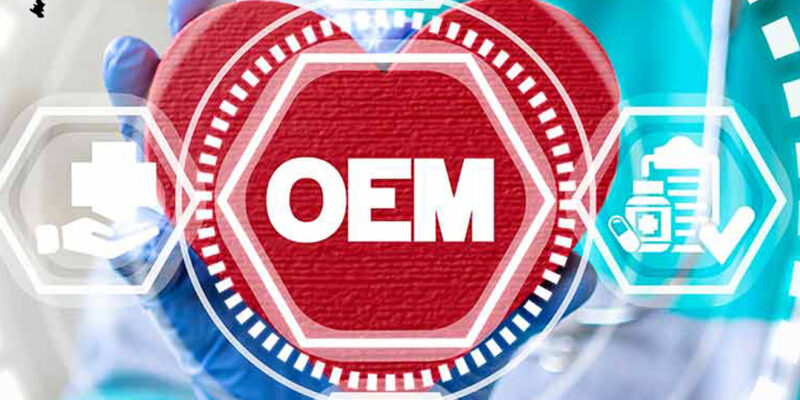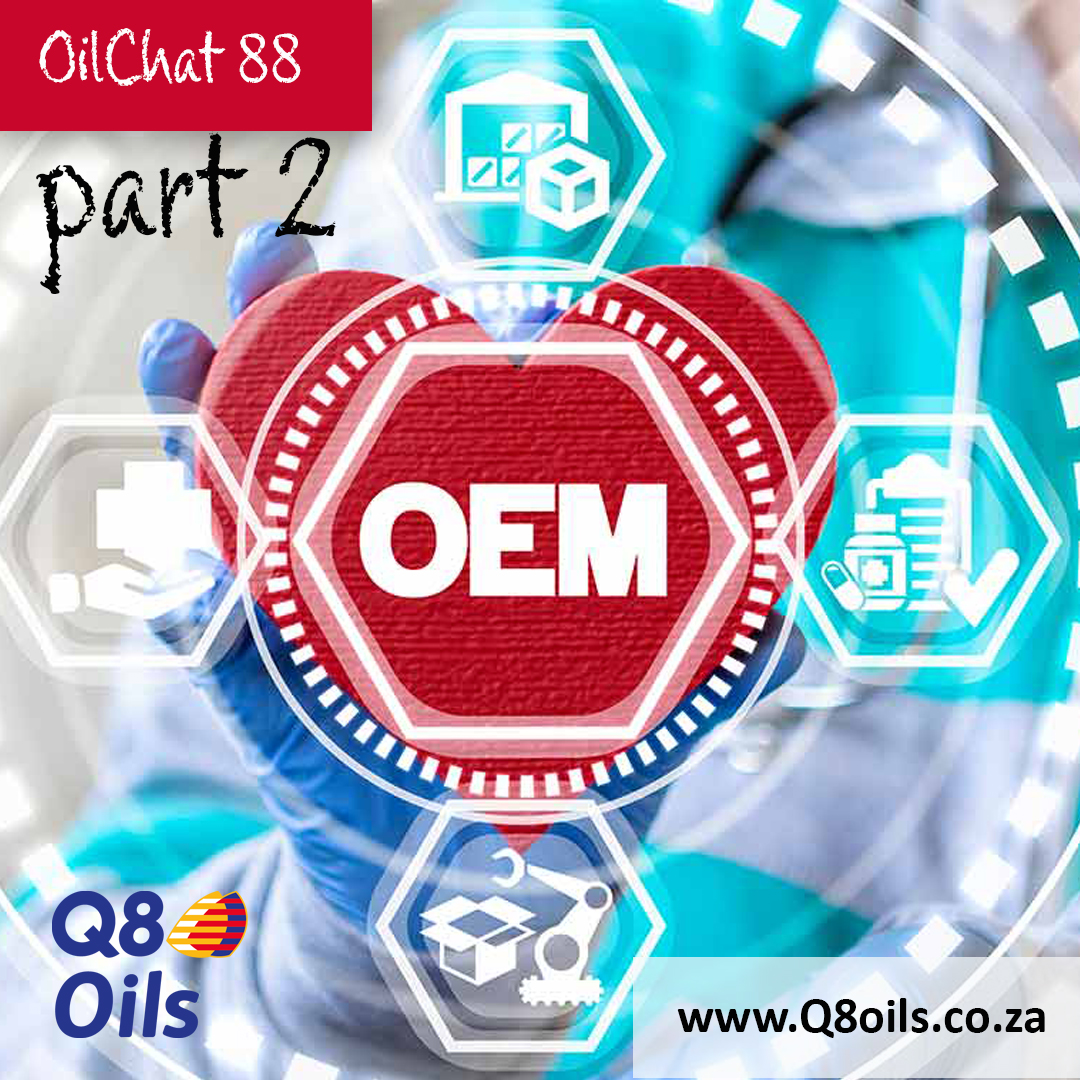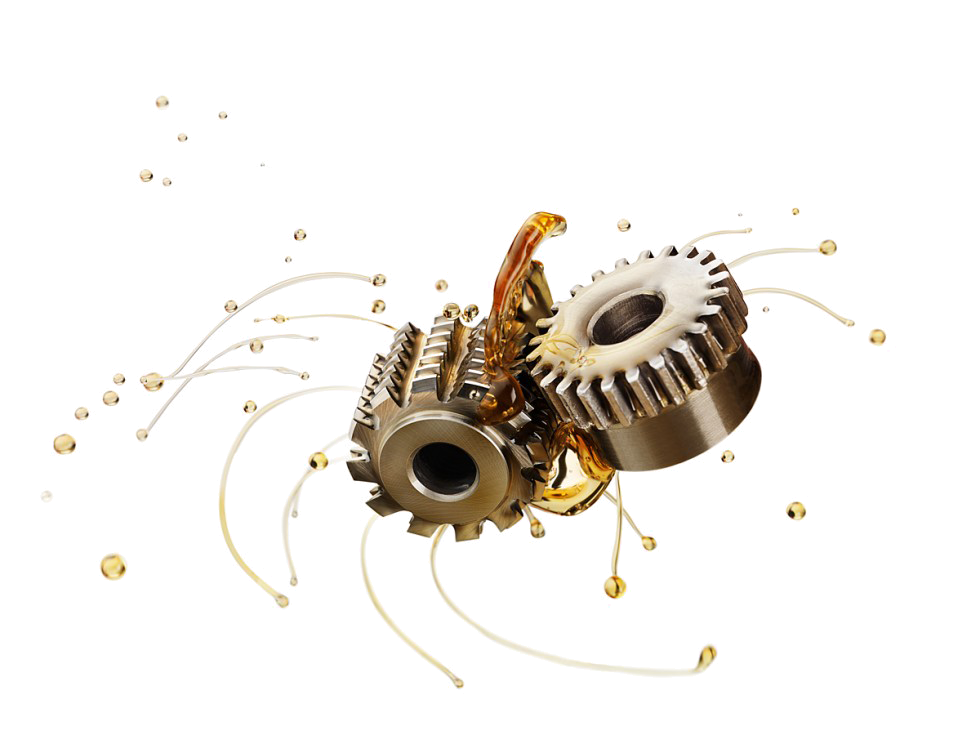
The FZG gear test evaluates anti-wear characteristics and load carrying capacities of lubricants. The test rig was developed by the Technical Institute for the Study of Gears and Drive Mechanisms (Forschungsstelle für Zahnräder und Getriebebau) at the Technical University of Munich.
 The test rig simulates a misaligned gear set operating in the test lubricant. The gears are loaded in 12 increasing “stages”. Tooth-wear is examined after each stage. The performance of the fluids is determined by the load stage at which excessive wear occurs. A high pass load stage indicates better resistance to wear. If failure does not occur at load stage 12, it is reported as >12.
The test rig simulates a misaligned gear set operating in the test lubricant. The gears are loaded in 12 increasing “stages”. Tooth-wear is examined after each stage. The performance of the fluids is determined by the load stage at which excessive wear occurs. A high pass load stage indicates better resistance to wear. If failure does not occur at load stage 12, it is reported as >12.
There are a number of different FZG load tests with different speeds, oil sump temperatures, gear types and direction of rotation. Following are the most commonly used test procedures:
FZG Gear Wear (ASTM D5182) evaluates gear scuffing resistance of fluids using A profile gears. The rig is operated at 1450 rpm up to 12 progressive load stages at 15-minute intervals. Standard tests are run at a fluid temperature of 90oC. Gear teeth are inspected for scuffing after each load stage. In addition to a visual evaluation of the gear teeth condition, gear weight loss is also measured.
FZG Gear Wear (ASTM D4998) assesses gear wear resistance of fluids using A profile gears. The rig is operated at 100 rpm under constant load for 20 hours. A visual tooth surface rating and gear weight loss are measured.
FZG Pitting Type C Gears evaluates gear pitting resistance of fluids using C profile gears. Tests are run up to 300 hours under constant load, temperature, and speed. Inspections are conducted at predetermined intervals for pitting damage on the gear tooth faces.
FZG A10/16.6R/120 is a more severe version of the ASTM D5182 Load Stage Wear test. This test requires A10 gears (half the tooth width of the A gears) and is run at 2880 rpm in reverse mode.
These tests are also defined by the German Institute for Standardization (DIN), the International Organization for Standardization (ISO) and others. In addition to the standard FZG gear tests, some test facilities may offer customised FZG tests. The gear type, oil temperature, load, test duration, direction of rotation and speed can all be altered to meet specific customer requirements.
The FZG gear test is primarily used to assess the resistance to scuffing of mild additive treated oils, such as industrial gear oils, transmission fluids, and hydraulic oils. High EP type oils, for example, oils meeting the requirements of API GL-4 and GL-5, exceed the capacity of the test rig and therefore cannot be evaluated with FZG gear tests.
Q8Oils offer a comprehensive range of wear inhibiting lubricants for a wide variety of automotive, construction, industrial, mining, agricultural and other applications. For more information about the complete range of Q8 lubricants, phone 011 462 1829, email us at info@bcl.co.za or visit www.bcl.q8oils.co.za.





 Four-Ball Weld Load Test. This procedure (ASTM D2783 for lubricating oils and ASTM D2596 for greases) evaluates the load-carrying (Extreme Pressure) properties of lubricants. During the test, the top ball rotates at 1760 rpm against the three stationary balls and the load is gradually increased until the lubricant fails. This happens when welding between the balls is detected (as depicted on the left). The weld point is the lowest applied load in kilograms at which the rotating ball welds to the three stationary balls.
Four-Ball Weld Load Test. This procedure (ASTM D2783 for lubricating oils and ASTM D2596 for greases) evaluates the load-carrying (Extreme Pressure) properties of lubricants. During the test, the top ball rotates at 1760 rpm against the three stationary balls and the load is gradually increased until the lubricant fails. This happens when welding between the balls is detected (as depicted on the left). The weld point is the lowest applied load in kilograms at which the rotating ball welds to the three stationary balls. Four-Ball Wear Scar Test. This test measures the wear preventing properties of lubricants, using ASTM method D2266 for greases and D4172 for lubricating oils. The rotational speed of the top ball is 1200 rpm and is pressed with a force of 40 kg onto the three clamped balls. The temperature of the test lubricant is regulated at 75°C and the duration of the test is 60 minutes. Lubricants are compared by using the average size of the scar diameters worn on the three lower clamped balls. An enlarged 1,87 mm diameter wear scar is shown on the right.
Four-Ball Wear Scar Test. This test measures the wear preventing properties of lubricants, using ASTM method D2266 for greases and D4172 for lubricating oils. The rotational speed of the top ball is 1200 rpm and is pressed with a force of 40 kg onto the three clamped balls. The temperature of the test lubricant is regulated at 75°C and the duration of the test is 60 minutes. Lubricants are compared by using the average size of the scar diameters worn on the three lower clamped balls. An enlarged 1,87 mm diameter wear scar is shown on the right. In addition, the contact between the balls is a sliding interaction. This combination is rarely found in machinery, where the most severe combinations are line contact with sliding (as in gears or journal bearings as illustrated on the left) or point contact with rolling (as found in ball bearings). This confirms that the test rig does not accurately simulate real-world contacts.
In addition, the contact between the balls is a sliding interaction. This combination is rarely found in machinery, where the most severe combinations are line contact with sliding (as in gears or journal bearings as illustrated on the left) or point contact with rolling (as found in ball bearings). This confirms that the test rig does not accurately simulate real-world contacts.



 GEAR COUPLINGS compensate for misalignment via the clearance between gear teeth. Shaft-mounted external gear teeth on both shafts mate with internal gear teeth on a housing that contains a lubricant. Another design mesh external teeth on one shaft with internal teeth mounted on the other shaft.
GEAR COUPLINGS compensate for misalignment via the clearance between gear teeth. Shaft-mounted external gear teeth on both shafts mate with internal gear teeth on a housing that contains a lubricant. Another design mesh external teeth on one shaft with internal teeth mounted on the other shaft. CHAIN COUPLINGS operate similarly to gear couplings. Sprockets on each shaft end are connected by a roller chain. The clearance between the components, as well as the clearance in mating the chain to the sprockets, compensate for the misalignment. Loading is similar to that of geared couplings.
CHAIN COUPLINGS operate similarly to gear couplings. Sprockets on each shaft end are connected by a roller chain. The clearance between the components, as well as the clearance in mating the chain to the sprockets, compensate for the misalignment. Loading is similar to that of geared couplings.


 The input power (usually from an electric motor) is applied to the worm gear. The rotation of the spiral ‘screw’ on the worm pushes the teeth of the wheel forward and rotates it as depicted by the animation on the left. A worm gear set can have a massive reduction ratio with little effort. Worm drives normally consist of a brass or bronze wheel and a steel worm. The wheel is designed to be sacrificial because it is normally cheaper and easier to replace than the worm itself.
The input power (usually from an electric motor) is applied to the worm gear. The rotation of the spiral ‘screw’ on the worm pushes the teeth of the wheel forward and rotates it as depicted by the animation on the left. A worm gear set can have a massive reduction ratio with little effort. Worm drives normally consist of a brass or bronze wheel and a steel worm. The wheel is designed to be sacrificial because it is normally cheaper and easier to replace than the worm itself.








